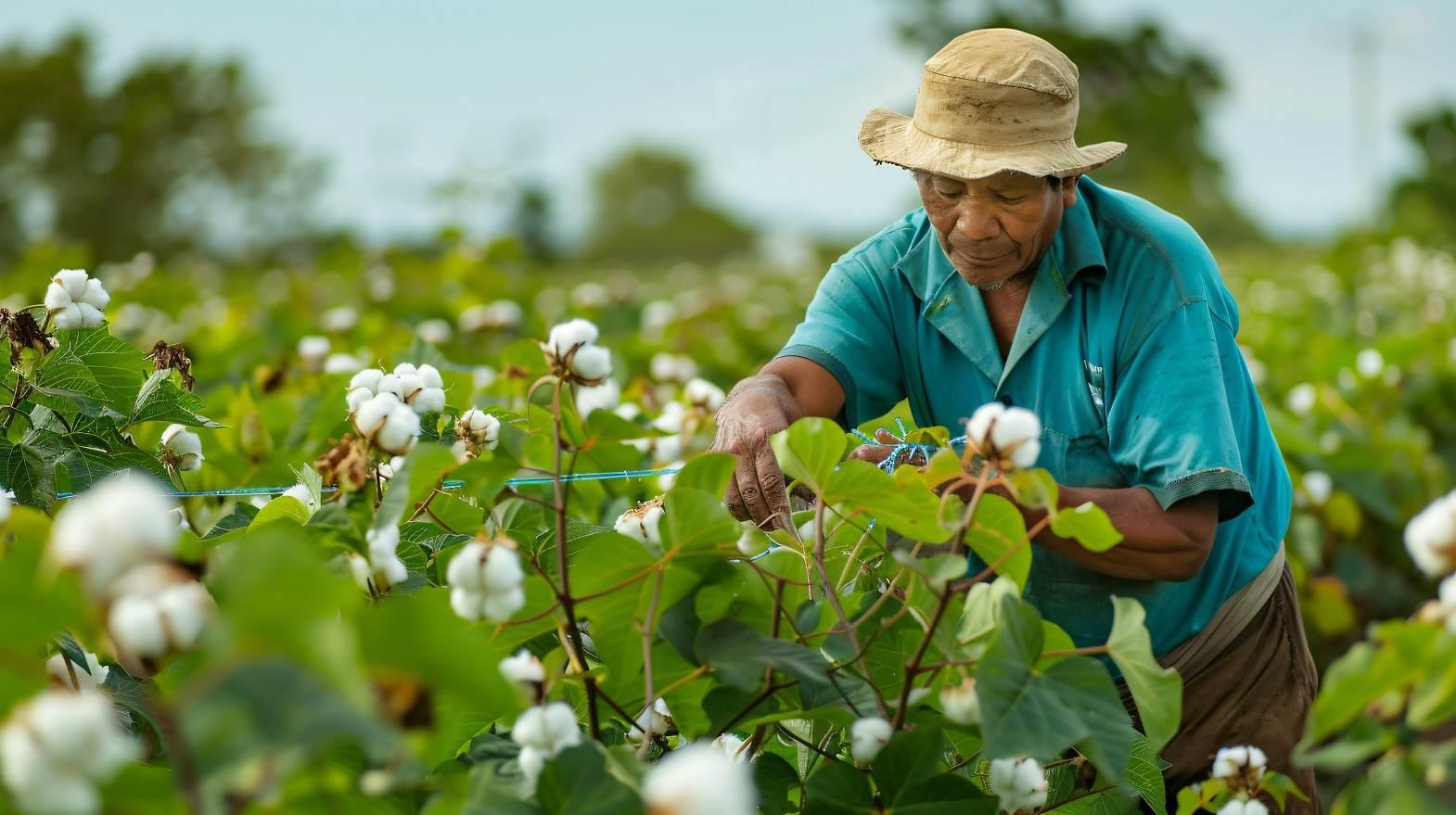The International Cotton Advisory Council (ICAC) said that cotton prices in the upcoming season are expected to be the weakest in five years. With the possibility of a decline in Chinese imports due to excessive stockpiling of the commodity, cotton supplies from countries like the US and India are said to have a major influence on prices. According to the China National Cotton Reserves Corporation, the country's output will drop in 2015 from 6.6 million tons in the previous year to 5 million tons this year.
The levels of cotton stocks withheld will increase outside China in the coming season. The new measures in the cotton policy for 2014 offer significantly more support to the northwest Xinjiang province than any other places in China. The area accounts for fifty percent of China's official output, approximately 6.8 million tons in 2013. The policy also aims to achieve less distortionary producer support and less generous producer support.
Under the Xinjiang Uighur Autonomous Region, a pilot program will provide target price-based subsidies directly. The target price is supposed to be 5 percent less than the reference price of 2013, reported to be 19,500 RMB per ton. In other provinces situated in the Yellow and Yangtze River regions, which are not covered under the pilot program, the harvest price is said to be determined by market forces and reserve management, expected to be about 15,000 RMB per ton.
Many experts believe that it is a bold move under the new Chinese leadership to understand that growing cotton in the small farm plots of the eastern parts of the country was unprofitable and lacked the scope for mechanization and expansion. Market watchers also predict that there may arise a domestic demand for cotton in the month of September since storing cotton might lead to weight loss, color degradation, and also affect deterioration in spinning quality. Stockpiling cotton also means that with every passing day, the quality of stored cotton weakens.
Moreover, mills that have purchased cotton from the stockpiles have had to blend it with imported cotton or a new crop to improve the overall quality of the yarn. It also seems that the newly harvested crop from Xinjiang will be available in the eastern market only after January 2015. Hence, until then, the domestic demand for cotton crops will be satisfied from the bales that are stocked up, imports, and the produce available from the eastern provinces from September to December.
To meet demands post September until the end of December, the Chinese spinners will need to import large quantity of bales. And if the government in future does not propose new subsidies for regions besides Xinjiang, the cotton production outside the province may drop dramatically. Expected total production of the crop is estimated to be from 18 million to 21 million bales and thereby dropping down to three fourth of its complete cotton production for the present year.
India, another major player in the cotton export market will occupy a pivotal position in the global cotton market. The domestic demand within the country accounts to 30 million bales and the rest will determine the dynamics of export of the crop to other countries. The monsoons in the nation have remained scattered and patchy this year affecting the production of cotton and consequently its export. India plays a significant role because if the total production of cotton decline or reduces, then it will have a major price influence.
According to the United States Department of Agriculture (USDA), outside of China, 60 percent of the world cotton stocks will come from United States for the year 2014-2015. Many factors will be influencing the prices of cotton for the upcoming season. If the cotton belt in the regions of America witness a decent rainfall then the country is likely to produce 16 million to 17.5 million bales. But if the production of the crop falls from 7 million to 8 million bales from India then the stocks will slide from 36 million bales to 35 million bales, the second tightest in the past ten years.
Other than these, China's role in employing free markets for new crops of cotton, the time taken to move the crops to the mill, cotton subsidies for provinces beyond Xinjiang, and the quality of crop will play a huge role in determining the future of the global cotton market.
References:
1. Deltaframpress.com
2. Agrimoney.com
3. Usda.gov
4. Thehindubusinessline.com








Comments